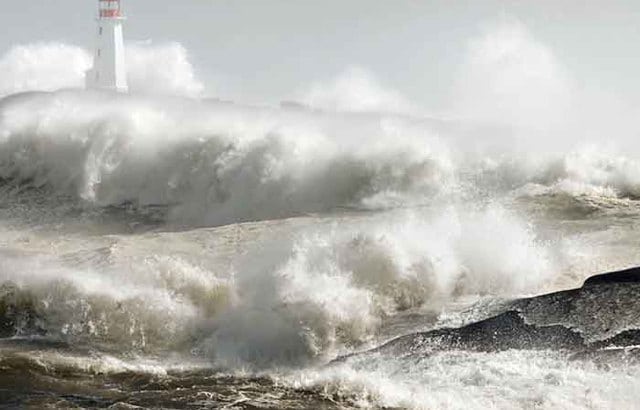The benchmark catastrophe bond index, which is priced weekly, had recovered over half if its losses on Friday though.
The reason for that is Florida’s east coast, which has a high density of insured commercial properties, avoided the worst of the storm.
The index is now trading only 2.13% lower than a year ago, having wiped out the returns from roughly the past 18 months, instead of the past three years.
Last week, Leadenhall Capital Partners, which runs several cat bond funds, estimated in a note to clients that, “Irma could generate insured losses of in excess of $130bn”.
But insured losses are now likely to be only about a third of that, or $30-50bn, estimates Zeba Ahmad, ILS Investment Director at Schroders.
That would still be by far the largest loss the sector has ever suffered before however, and this comes on top of the $20-25bn in insured losses caused by Harvey, the hurricane which ravaged Texas last month.

Combined costs to insurers from the two storms is roughly twice as high as the insured losses from hurricane Sandy in 2012 ($29.5bn, according to re-insurer Munich Re).
Cat bond funds suffered drawdowns between 0.5% and 3% following that storm (see graph below), but the price impact will probably be considerably higher this time around.
“The recent storms are expected to have a single digit impact on our portfolios,” says Schroders’ Ahmad, adding that this is “within expectations” for such events. In other words, catastrophe bond investors should be expected to weather such losses.

But many cat bond funds will actually have a smaller drawdown than the index, says Omar Gadsby, head of fixed income fund selection at Credit Suisse’s private banking unit.
“My cat bond funds are much better diversified than the index. The bonds they own are multi-peril bonds that have a high earthquake exposure too,” he says.
Credibility boost
Investors should put the turbulence brought to the cat bond market by the recent hurricanes in perspective.
“Hurricane Irma has lent significant credibility to the asset class. Look at these losses compared to what happened to sub-ordinated financial debt at the start of this year,” says Gadsby (pictured).
“They lost 8% when a major event happened,” he adds, referring to the restructuring of Italian bank debt earlier this year.

No wonder Gadsby thinks now is the time to add exposure to cat bond funds, though he insists the asset class remains a “small satellite holding”.
And Irma has also triggered interest from investors who are new to the asset class.
Moreover, he adds: “Cat bonds have a similar yield as BB high yield bonds, which are much more volatile and had an 8% drawdown [in 2015/2016].”
“We have been following cat bonds for two years, and have just initiated a search for a fund,” a portfolio manager of a European wealth management boutique said shortly after Irma had struck.
“This may be an attractive entry point, and the way most cat bond funds seem to have weathered a calamity of this scale inspires confidence in the asset class,” he added.
As you can see on the chart on page one, cat bond funds tend to suffer (minor) drawdowns during the hurricane season in late summer, but tend to make up the lost ground very quickly.
Mid-September therefore probably is just the right time to add them to your fixed income portfolios.









